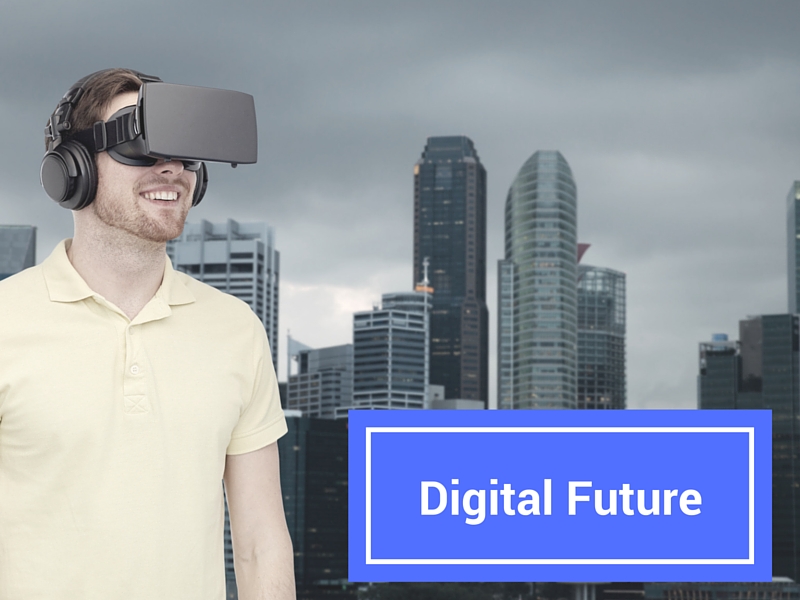Traditionally, humans distinguished themselves from other animals by their adeptness with technology. However, our understanding has evolved; we now recognize that tool usage isn’t exclusive to humans. Numerous animals exhibit tool use for acquiring food or self-defense. As a species, humans have progressively relied on an expanding array of tools and technology. For many of us, we cannot image survival without these tools.
Augmentation
Our reliance on tools serves two primary purposes: enhancing tasks for improved efficiency or speed, and employing machines to undertake tasks on our behalf. This process, where tools elevate our capabilities, exemplifies augmentation. Technology acts as an extension of our skills. In the realm of computers, augmented reality commonly overlays additional information onto the physical world. For instance, Heads-Up Displays (HUDs) project navigation instructions onto car windshields. Computers also aid in optimizing brain function by aiding memory—managing tasks, schedules, addresses, phone numbers, and birthdays are just a few examples of how technology aids in our daily tasks.
Robotics or digital assistants
Beyond augmentation lies the aspect of technology assuming roles typically performed by humans. Through automation and scripted commands, computers and other technological entities can execute tasks in our stead. This transition, where machines assume some of our responsibilities, embodies robotics. Currently, a significant portion of Artificial Intelligence focuses on automation and robotics. While computerized navigation exemplifies augmentation by allowing us control, self-driving cars represent robotics, where decision-making shifts to technology. Robots come in various forms and sizes, including virtual ones operating within computers or servers.
Platformization
To fully harness the potential of augmentation and robotics, seamless data and information sharing between these digital solutions is crucial. Their efficiency is amplified when interconnected and accessing diverse resources. The concept that encapsulates these interconnections and resource pools is termed a ‘platform.’ Through a platform, foundational data, information, and resources are accessible for enhancing personal skills or deploying robots. Platforms often link with others, exchanging data and services. Currently, many companies and organizations grapple with fragmented and disjointed ICT infrastructure, lacking a unified platform. Transforming this fragmented infrastructure into cohesive platforms is what I refer to as platformization.
The future of digitization promises advancements in skill digitization, bolstering work augmentation, and birthing innovative forms of robots. A surge in digitized tools and technology, in the form of platforms, will also proliferate. Enterprises, alongside other entities, whether commercial or non-profit, must embark on ‘platformization’ of their ICT infrastructure to thrive in this digital future

